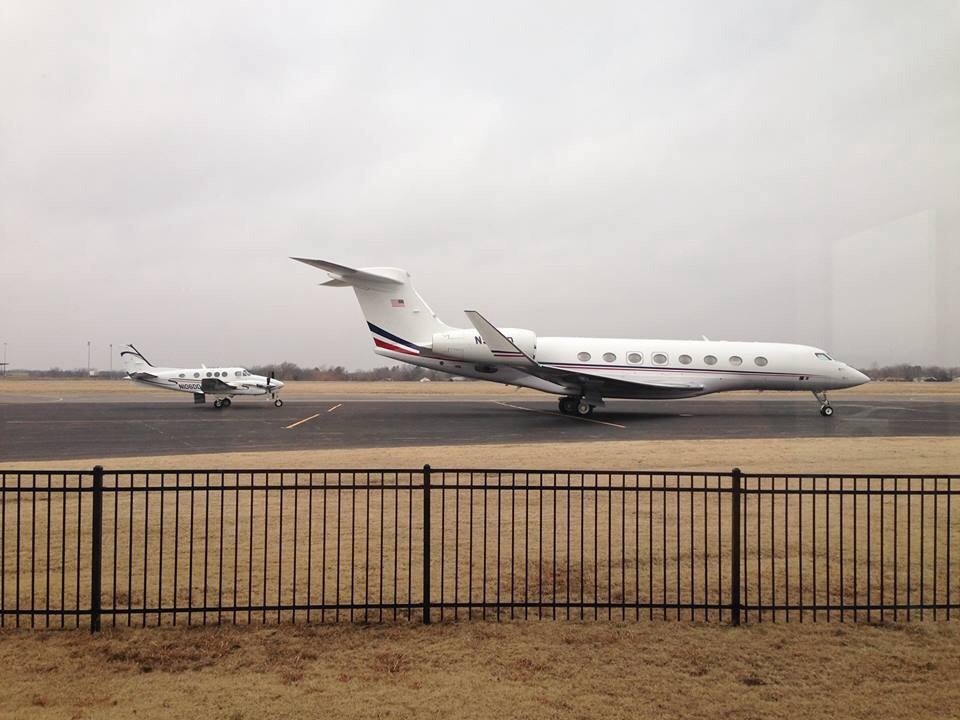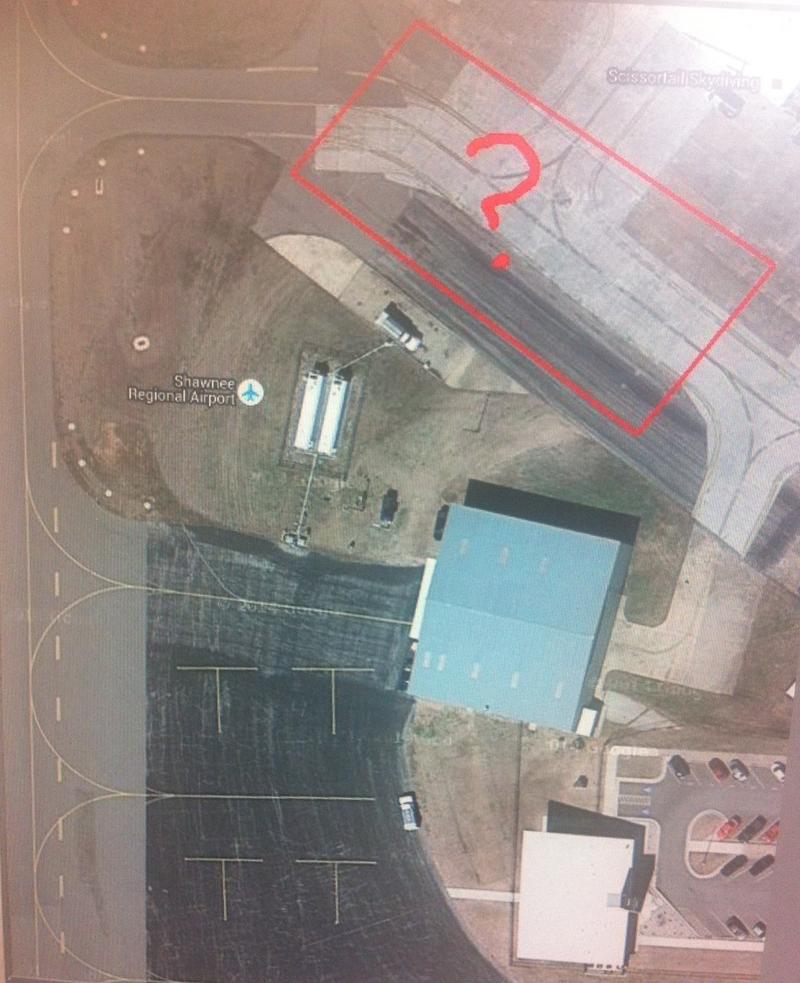overdrive148
En-Route
- Joined
- Apr 17, 2013
- Messages
- 3,903
- Location
- Fort Worth, Texas
- Display Name
Display name:
overdrive148
Other than people calling asking if Delta or Southwest operate out of KSNL, I get the question of "what's the biggest plane that can land here?" quite a bit.
6000 feet is a decently sized runway, and the biggest thing to land since I started here has been a Falcon 900. I've never flown a twin much less a transport jet. What could you feasibly land here?
I tried to look up and understand the weight bearing capacity but it didn't make much sense and comparing them against large airports doesn't work because the scale appears to be different.
Dimensions:
5997 x 100 ft. / 1828 x 30 m
Surface: asphalt, in excellent condition
Weight bearing capacity:
Single wheel: 30.0
Double wheel: 40.0
Double tandem: 60.0
6000 feet is a decently sized runway, and the biggest thing to land since I started here has been a Falcon 900. I've never flown a twin much less a transport jet. What could you feasibly land here?

I tried to look up and understand the weight bearing capacity but it didn't make much sense and comparing them against large airports doesn't work because the scale appears to be different.




